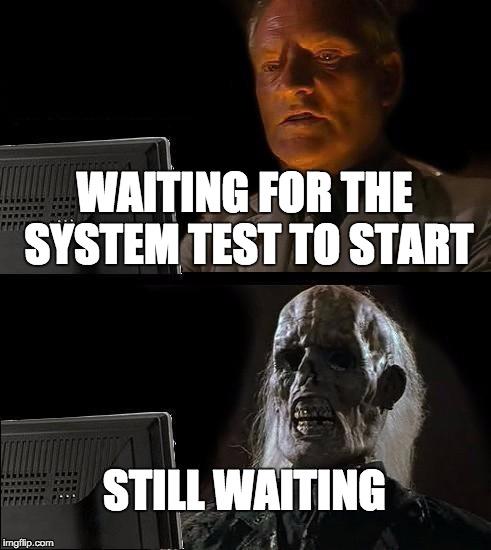Hello, codeforces!
Because after Round #507 sad men in suits visited me in my flat, this time I won't write about any task from the future. Instead, this blog will be about my own trick. I said "my own," but probably some of you have already heard about it or even figured it out, but I've developed it by myself, so I consider it as my own.
In particular, it's GEOMETRY TIME!!!. But please, don't escape already. I also don't like this topic so much, that's why I really like this trick. Let me tell you a story from one onsite Polish contest, which took place a few months ago. I was thinking about one of the problems, and I've figured out that I had to do some binary-search (on doubles) and then check if a set of half-planes has a non-empty intersection. The answer would tell me in which direction should I turn in the binary search.
Firstly, I grabbed my head, because I've never written an intersection of half-planes. I had my acm library with Errichto's codes inside, but my knowledge in usage of his part was limited to copy-pasting FFT and Rho-Pollard. Not only I, but also Swistakk figured out the thing about binary search and was trying to intersect half-planes normally, but he failed (we still aren't sure why, probably because of precision issues). Then, I reminded myself a task from eliminations to BubbleCup 2017 (you can find it here), which I solved with the mentioned trick.









 topmost pieces of paper and fill these orders in total time
topmost pieces of paper and fill these orders in total time  . Two words are
. Two words are  and
and  are really different and words
are really different and words  and
and  are not, because in both of them the third character is
are not, because in both of them the third character is  . As there can be many such pairs (up to
. As there can be many such pairs (up to  ), if there are more than
), if there are more than 

 . Also, for fixed
. Also, for fixed 
 , till we succeed. How to calculate the expected time for one region
, till we succeed. How to calculate the expected time for one region  , so the expected time is
, so the expected time is  . So, in total we should sum up values
. So, in total we should sum up values  for
for  for all
for all 


 , with big constant factor.
, with big constant factor. is small enough. Unfortunately, there exist malicious tests. Consider a tree with
is small enough. Unfortunately, there exist malicious tests. Consider a tree with  paths from root, each with length
paths from root, each with length 




